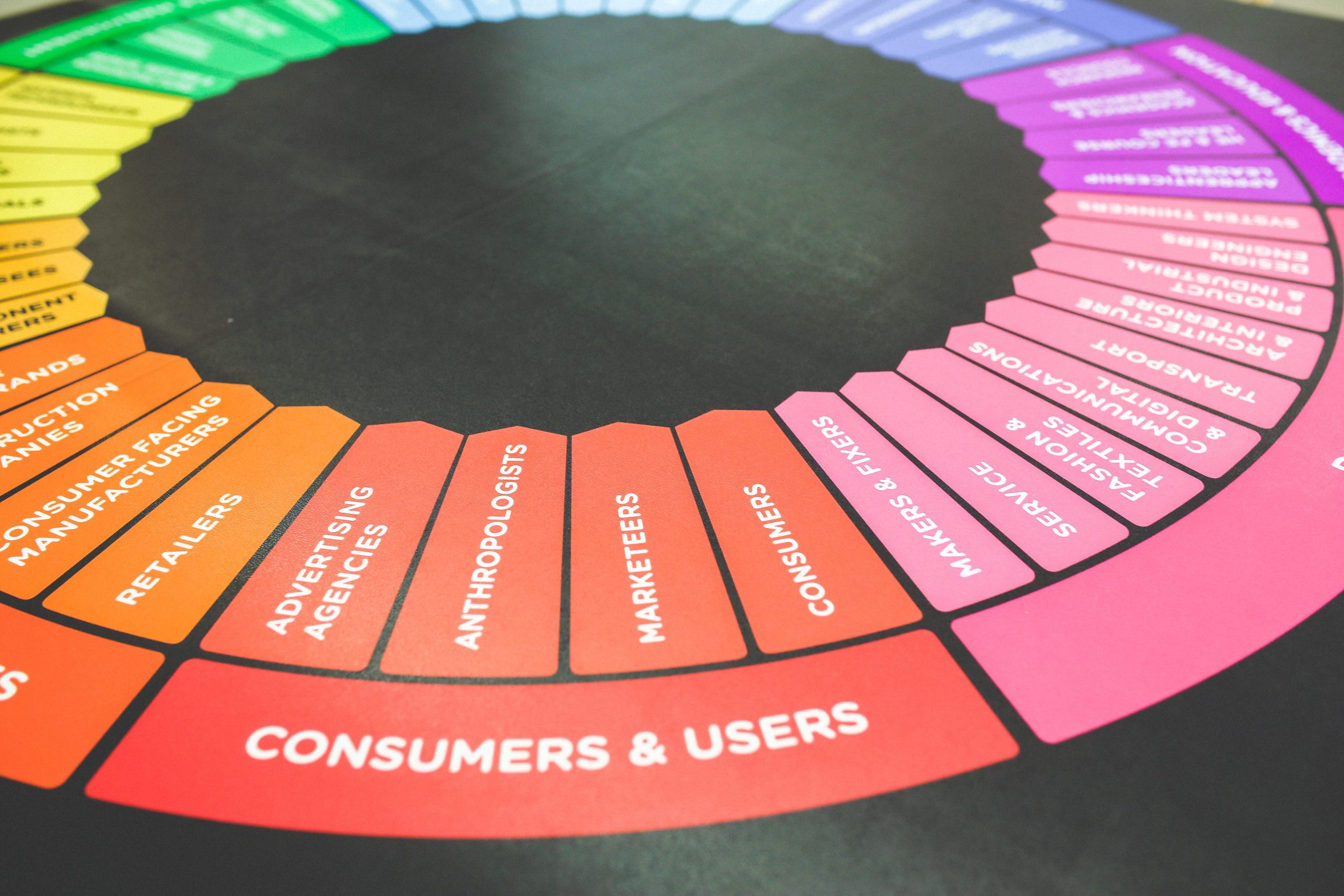Inbound content marketing services can help you grow your online presence and capture traffic from your target audience. By leveraging content, SEO, and other strategies, you can achieve growth, automate some elements of your sales funnel, and boost marketing ROI.
Do you remember when Google wasn’t a verb? Searching for information online has become an obvious solution, no matter how big or small the pain point is. For marketers, this habit translates into opportunities to connect with your target audience through inbound content marketing.
What is inbound content marketing?
This type of marketing refers to using content that is valuable and relevant to your audience in order to attract traffic. Through this method, you can grow your audience in an organic manner.
A user who is experiencing a pain point will often turn to the internet to look for a solution. They will issue a query; find a blog post, video, or another piece of content from your organization; and decide to consume this content to find answers.
If the content grabs their attention and delivers enough value, the user could decide to seek your content again in the future. They could also decide to engage with your campaign and subscribe to your email list to receive more content.
With this model, the emphasis is on forging connections that help and delight users. Instead of actively targeting users, you’re letting prospects come to you. They are in control of which pieces of content they want to interact with. This type of self-directed content consumption is ideal for users who want to navigate the sales funnel on their own and for those who want to choose when and how they engage with content.
How inbound marketing is different from content marketing
When discussing content marketing, marketers are referring to any campaign that involves the use of content. Inbound content marketing is a term with a narrower scope.
Inbound vs. outbound content marketing
Content marketing can refer to inbound and outbound efforts. While inbound marketing brings users to you via organic searches, outbound strategies allow you to deliver content to prospects through ads, email lists, and other methods.
Note that some marketing channels can belong to both campaigns. For instance, your social media presence features an outbound component. You’re delivering posts to users who have decided to follow your brand. However, your latest Facebook post showing up in search results can support your inbound efforts.

Organic traffic
Another important difference to establish is that inbound content marketing is an organic practice.
It differs from inorganic practices, like pay-per-click campaigns, that deliver content to users who fit a specific profile or who have been tagged with tracking pixels.
With inbound content marketing, you generate traffic and brand awareness through authentic content. This content aligns with natural search behaviors from your audience.
It’s possible to target this audience by writing about topics that are timely and relevant. SEO is crucial here, since using the right keywords will make your content easier to find for these users. However, your inbound efforts should be mostly about standing out with thought-provoking content that is engaging, delightful, and valuable to your audience.
An integrated approach
Inbound strategies are different from other content marketing efforts, but it’s not something that should exist in a silo.
You can get a better marketing ROI with an integrated approach. Besides, integrated marketing results in a more consistent experience for users.
Inbound marketing is great for capturing searches issued at an early stage of the buyer’s journey. Inbound content allows you to connect with users who are still in the awareness stage.
With strong calls to action, you can convert these users and switch to outbound practices. For instance, a user who finds value in a blog post early in their journey could subscribe to your mailing list. You can then deliver an email series to keep this prospect moving through the consideration and decision stages.

How to use inbound methodology for your marketing strategy
For a successful integrated marketing strategy, it’s important to understand where inbound marketing fits in.
Thought leadership
One of the goals you can accomplish with your content is establishing your brand as a thought leader and agent for change. By discussing the latest industry trends and bringing new ideas to the table, you can connect with influential decision-makers. Plus, it’s a strategy that will help with your link-building efforts.
Brand awareness
Before a prospect is ready to make a purchase decision, they will discover and consume content on their own. Your goal is to cover the different topics prospects would research during this process so that your brand keeps popping up in search results. If a prospect is exposed to more than one piece of content during this early stage, brand awareness and recognition will go up.
Lead generation
Inbound marketing is an entry point for your sales funnel. With the right content, you can capture a click from a user researching a topic. If you deliver value and use a strong call to action, you can turn this click into a lead.

What are the best inbound content marketing strategies?
Let’s take a closer look at the inbound strategies that drive results. Content marketing services can help you determine which of these strategies make the most sense for your organization and help you with implementing them.
Know your audience
Remember that your goal is to capture organic traffic from a specific group of users. Knowing your audience and their online behaviors will help you develop content tailored to their preferences.
Interview, surveys, and analytics collected from your current audience are good starting points. You can establish buyer personas to get a better idea of what the usual pain points are and how these users go about addressing them.
Capture inbound traffic from multiple sources
By leveraging multiple channels to capture traffic, you can create a user-centric inbound marketing strategy that allows prospects to engage with you on their own terms:
- With SEO techniques, you can get web pages and blog posts to rank higher in search results and capture traffic from users issuing relevant searches.
- Think beyond web results. Did you know that 60% of smartphone users have used the click-to-call function to contact a business? There are different formats and platforms to consider, including maps results, images, videos, and product results.
- With zero-click searches on the rise, developing content that appears in featured snippet results can support brand awareness and recognition.
- A strong link-building strategy will bring traffic from different sources. Establishing your brand as a thought leader will result in more quality links, but you can also leverage guest posts and directories.
- Keep publishing more content regularly. It’s good for SEO, and it will help you stay relevant as users research new topics. You can audit and overhaul existing content, identify new topics through market research, and create a publication schedule to keep growing your online presence.
Engage your audience…
A successful inbound marketing campaign isn’t complete without some strategies designed to engage and connect with your audience:
- User experience and design matter. A website that loads slowly or that isn’t optimized for mobile users can result in a high bounce rate, even if you have great content that attracts organic traffic.
- Use a clear navigation scheme and internal links to encourage users to discover more content once they’ve landed on your site.
- Make calls to action immediately noticeable. Use strong action verbs, reiterate the benefits you offer, and give users a reason to connect with you without being too pushy or sales-y.
- Special offers can be a great way to turn an inbound click into a lead, especially if you’re targeting a value-conscious buyer persona.
- Content marketing best practices call for respecting users’ privacy while still prioritizing personalization. You’ll have to deliver content that is valuable and personalized to justify asking for users’ information.

…And then re-engage
Because buying journeys are becoming more and more complex, you’ll have to implement strategies to re-engage your audience.
With a strong content marketing strategy in place, you can expect repeat visits to your site from users who will want to consume multiple pieces of content. However, you can do more to re-engage your audience:
- Take advantage of subscription-based channels, like email and social media, to keep users engaged.
- Determine the most relevant position in the buyer’s journey to introduce a point of contact with a salesperson – for instance, offer the option to schedule a call.
- Leverage automation to keep prospects moving along the sales funnel, perhaps with email series.
- Offer personalized content recommendations.
Benefits of inbound content marketing
Focusing on inbound marketing can result in the following benefits:
- Publishing a steady stream of quality content means more repeat visits and longer sessions. These behaviors send positive signals to search engines. Engagement should also increase.
- Between inbound links and social media shares, your content will help you reach out to a broader audience.
- Inbound content marketing is a user-centric approach. It can lead to stronger relationships and a higher lifetime value for your customers.
- Offering authoritative content builds trust. Loyalty will increase if people know they can trust your brand. Plus, your content will help you become a thought leader in your field.
- You can automate some aspects of your sales process. You should see your marketing ROI increase as existing content brings in qualified leads.
Get help with inbound marketing
A strong inbound content marketing strategy will help you capture more organic traffic and grow your online presence. Combined with an integrated approach, inbound content marketing will result in a better ROI for your marketing efforts and help you deliver a positive user experience.
From content creation to inbound link campaigns, Tempesta Media offers a managed service solution designed to help you get results. Contact us to learn more about our innovative platform and how we can design and implement an inbound strategy adapted to your unique goals.











